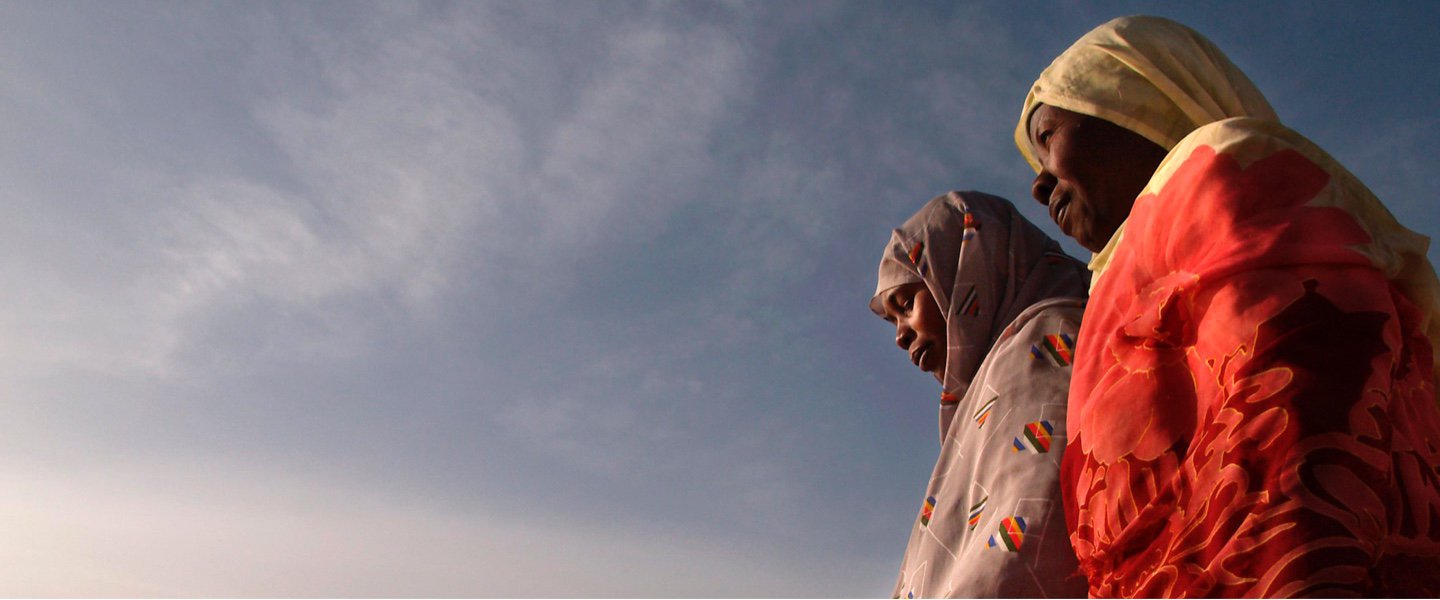L'égalité hommes-femmes est l’une des grandes priorités de l’Association internationale de développement (IDA). L’IDA s’emploie à combler les disparités entre les hommes et les femmes en s’assurant que les filles vont — et restent — à l’école, en aidant les femmes à exercer leur droit de posséder des terres et d’autres biens essentiels, et en veillant à ce qu’elles puissent obtenir des financements pour démarrer des activités rémunératrices. (Télécharger l’ABC de l’IDA – égalité hommes-femmes).
Les inégalités entre les sexes pèsent sur les filles et les femmes tout au long de leur vie. Dans de nombreux pays ayant accès à l’IDA, le niveau d’études moyen des filles reste inférieur à celui des garçons, et les femmes adultes sont moins instruites que les hommes. Elles ont moins de chance d’entrer sur le marché du travail et d’y être rémunérées. Et lorsqu’elles y parviennent, elles ont plus tendance à trouver un travail à temps partiel, dans le secteur informel, ou à occuper des emplois moins bien payés.
Ces désavantages se traduisent par des coûts économiques importants non seulement pour elles-mêmes, mais aussi pour leurs ménages et leurs pays. L’élimination des disparités existantes aurait des effets positifs considérables sur les conditions de vie et la capacité d’action des femmes et des filles, profiterait beaucoup à leurs ménages et à leurs communautés, et aiderait les pays IDA à donner la pleine mesure de leur potentiel de développement.
L’IDA peut, mieux que quiconque, accompagner la promotion de l’égalité hommes-femmes qui nécessite des actions intersectorielles et des efforts de longue haleine. De nombreux défis demeurent, mais, comme le montrent les exemples présentés ici, le travail de l’IDA porte ses fruits et aide à réduire ces inégalités dans de nombreux pays.
N’oubliez pas de consulter nos autres « ABC DE L’IDA » (réalisations par pays)1, notamment nos travaux sur la gouvernance et le renforcement des institutions, le changement climatique, l’emploi et la transformation économique, les conflits et la fragilité à l’adresse http://ida.banquemondiale.org/labc-de-lida
1 Les pays figurant dans la présente brochure sont actuellement admis à bénéficier des ressources de l’IDA. Pour en savoir plus, veuillez consulter le site http://ida.banquemondiale.org/apropos/emprunteurs-de-lida


